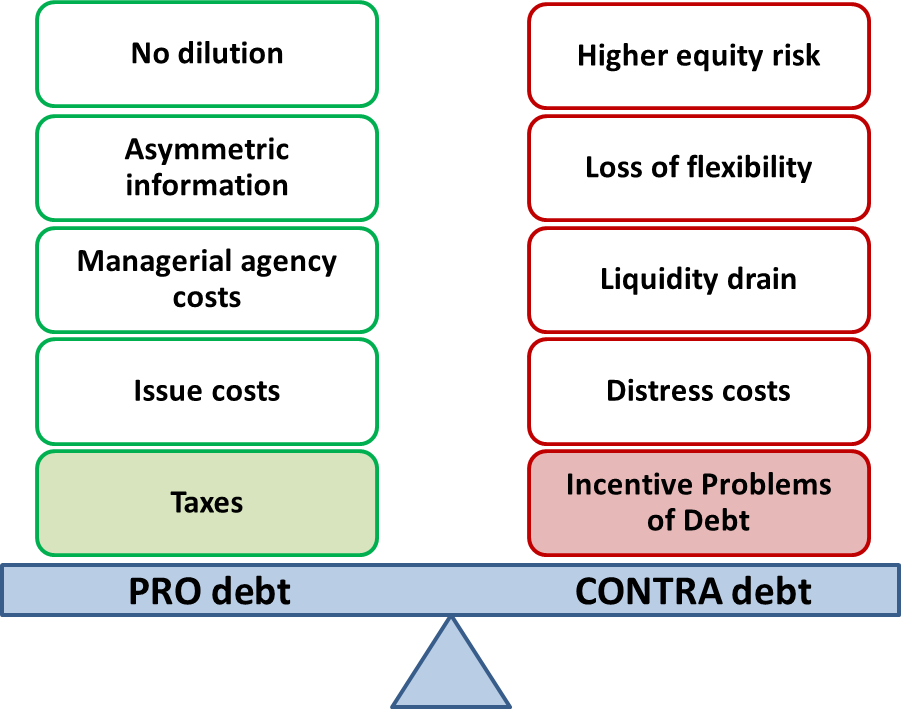Top three Methods To buy A Used Finance

Td Auto Finance
Most curiosity price rises aren't permanent, so we do not often see this long-run stability or neutrality property. The initial decline in interest rates comes on this mannequin from lengthy-time period debt. Because the dashed line shows, with shorter-maturity debt inflation rises straight away. With instantaneous debt, inflation follows the interest price exactly. Again, in this continuous-time model the worth degree does not transfer immediately. The higher curiosity fee units off a interval of lower inflation, not a price-stage drop. AR(1) sample of the interest fee. In this manner, even with versatile costs, with lengthy-time period debt we can see an immediate wherein higher curiosity rates decrease inflation before ``lengthy run'' neutrality kicks in. How does the price stage not soar or diffuse with sticky prices? Rather than an on the spot downward jump in price stage, there is instead an extended interval of low inflation, of gradual value degree decline, adopted by a gradual increase in inflation. Again, the frictionless model does provide intuition for the lengthy-run conduct of the simulation.
Historical episodes normally have a number of shocks.
 The three yr decline in price degree is reminiscent of the downward soar; the eventual rise of inflation to match the curiosity rate is harking back to the rapid rise in inflation. Again, the valuation equation generates a path of inflation, of the true curiosity rate, not a change in the value of the initial value stage. Both monetary and fiscal coverage drive inflation. Inflation is not at all times and in every single place a monetary phenomenon, but neither is it always and all over the place fiscal. In the long term, monetary policy fully determines the expected value stage. As the inflation fee ends up matching the interest rate, inflation will go wherever the Fed sends it. If the curiosity fee went under zero (these are deviations from steady state, so that is possible), it might drag inflation down with it, and the worth level would decline in the long run. One can view the present state of affairs as the lasting impact of a fiscal shock, as in the primary graph. One can view the Fed's choice to restrain inflation as the flexibility to add the dynamics of the second graph. Don't be too delay by the simple AR(1) dynamics. First, these are responses to a single, one-time shock. Historical episodes normally have a number of shocks. Especially when we choose an episode ex-submit based on high inflation, it is probably going that inflation came from a number of shocks in a row, not a one-time shock. Second, it is relatively easy so as to add hump-shaped dynamics to those kinds of responses, by commonplace devices akin to behavior persistence preferences or capital accumulation with adjustment prices. Also, full fashions have further structural shocks, to the IS or Phillips curves here for instance.
The three yr decline in price degree is reminiscent of the downward soar; the eventual rise of inflation to match the curiosity rate is harking back to the rapid rise in inflation. Again, the valuation equation generates a path of inflation, of the true curiosity rate, not a change in the value of the initial value stage. Both monetary and fiscal coverage drive inflation. Inflation is not at all times and in every single place a monetary phenomenon, but neither is it always and all over the place fiscal. In the long term, monetary policy fully determines the expected value stage. As the inflation fee ends up matching the interest rate, inflation will go wherever the Fed sends it. If the curiosity fee went under zero (these are deviations from steady state, so that is possible), it might drag inflation down with it, and the worth level would decline in the long run. One can view the present state of affairs as the lasting impact of a fiscal shock, as in the primary graph. One can view the Fed's choice to restrain inflation as the flexibility to add the dynamics of the second graph. Don't be too delay by the simple AR(1) dynamics. First, these are responses to a single, one-time shock. Historical episodes normally have a number of shocks. Especially when we choose an episode ex-submit based on high inflation, it is probably going that inflation came from a number of shocks in a row, not a one-time shock. Second, it is relatively easy so as to add hump-shaped dynamics to those kinds of responses, by commonplace devices akin to behavior persistence preferences or capital accumulation with adjustment prices. Also, full fashions have further structural shocks, to the IS or Phillips curves here for instance.
Finest 50 Tips For Corporate Finance
Th is c on tent was created with GSA Content Gener ator D em oversion !
The one-time fiscal shock produces a protracted inflation. The worth stage does not move in any respect on the date of the shock. Bondholders lose value from an prolonged period of unfavourable real curiosity charges -- nominal curiosity rates under inflation. The preliminary value degree adjusts so that the real worth of debt equals the present value of surpluses. That is the usual understanding of the fiscal principle of the value level. Short-time period debt holders can't be made to lose from anticipated future inflation. But that is not how the simulation in the figure works, with sticky costs. Short-term bondholders lose value as their debt is slowly inflated away during the period of low real interest charges, not in an instantanoues price degree soar. In this sticky-worth model, the value stage cannot soar or diffuse as a result of solely an infinitesimal fraction of companies can change their value at any prompt in time. The price level is steady and differentiable. The inflation fee can jump or diffuse, and it does so right here; the price stage starts rising. Th is article has been creat ed with t he help of G SA C ontent Gener at or Demoversion!
The surplus follows an AR(1). The persistence of that AR(1) is irrelevant to the inflation path. All that matters is the preliminary shock to the discounted stream of surpluses. I make a giant fuss in FTPL that you shouldn't use AR(1) surplus process to match fiscal knowledge, since most fiscal shocks have an s-shaped response, through which deficits correspond to larger surpluses. To see how initial bondholders find yourself financing the deficits, observe the worth of those bondholders' funding, not the overall worth of debt. The latter contains debt gross sales that finance deficits. As you can see this value smoothly declines to -1%. This is the quantity that matches the 1% by which surpluses decline. The third graph presents the response to an unexpected everlasting rise in interest rate. With lengthy-term debt, inflation initially declines. The Fed can use this momentary decline to offset some fiscal inflation. Inflation ultimately rises to meet the curiosity rates. This article has be en written by GSA Content Generator Demover sion!

